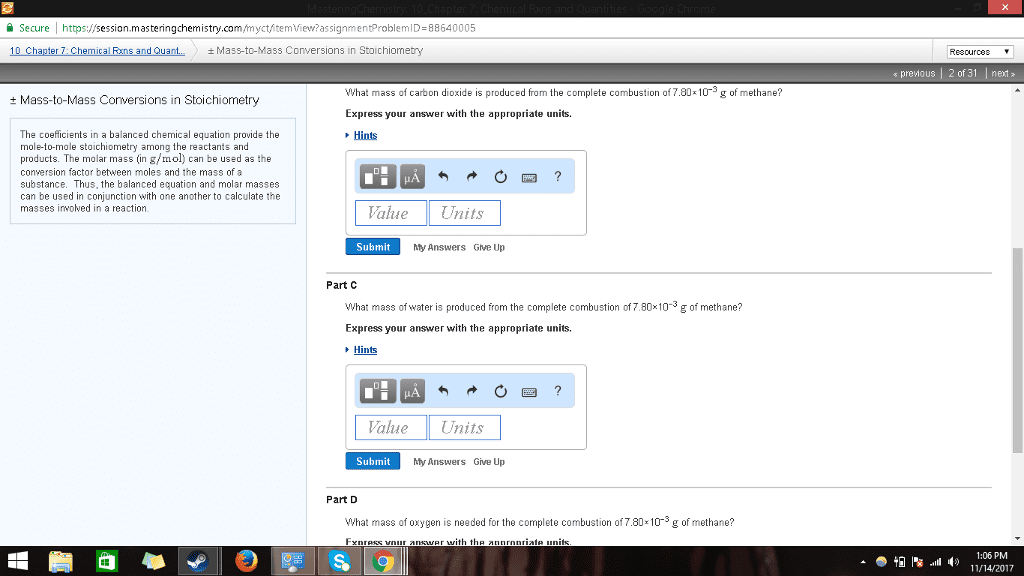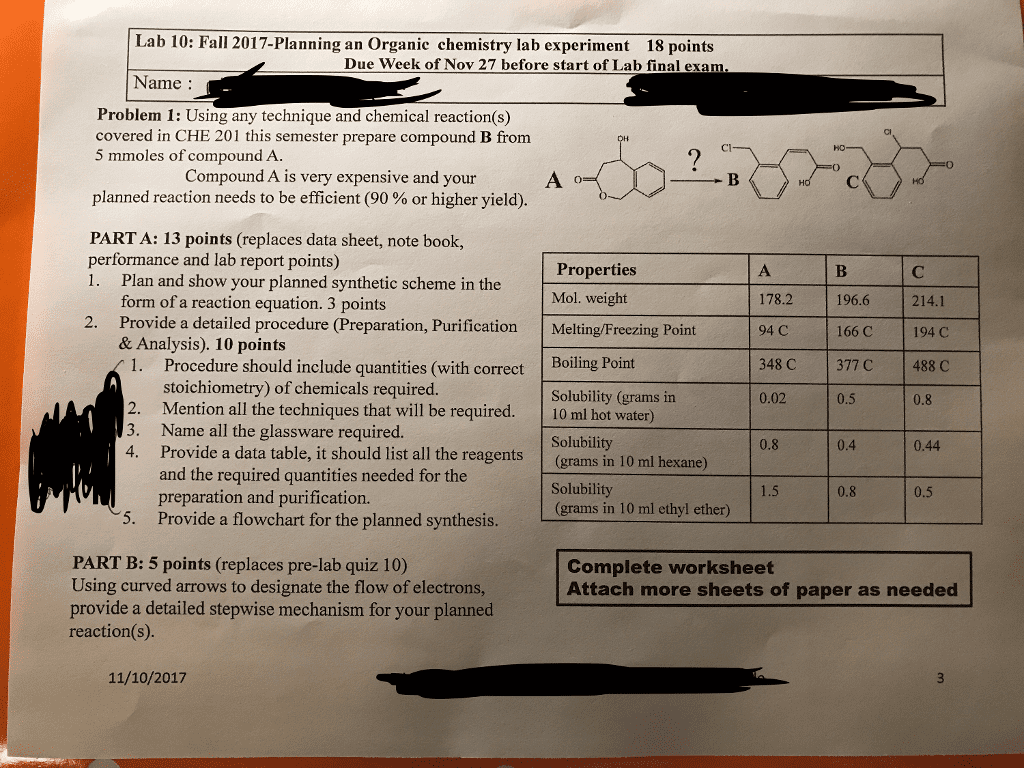CHEN3010 Lecture Notes - Lecture 6: Rate Equation, Kolmogorov Space, Stoichiometry

Chemical Reaction Engineering
Unit CHEN3010/5040
Semester 1 / 2018
Week 4
Lecture 2
Isothermal Reactor Design:
Moles and Molar Flow Rates
(Fogler Chapter 6)
Gia Hung Pham
find more resources at oneclass.com
find more resources at oneclass.com

Objectives:
•Mole balance is expressed in terms of concentration and molar flow
rates and examine:
–Membrane reactor
–Semi-Batch reactor
find more resources at oneclass.com
find more resources at oneclass.com

Algorithm for isothermal reactor design
Step 1: Mole balance
Step 2: Rate law
Step 3: Stoichiometry
Step 4: Combine
Step 5: Evaluate
find more resources at oneclass.com
find more resources at oneclass.com
Document Summary
Moles and molar flow rates (fogler chapter 6) Objectives: mole balance is expressed in terms of concentration and molar flow rates and examine: The difference between conversion algorithm and molar flow rate and concentration algorithm: conversion algorithm, mole balance on only one species, molar flow rate and concentration algorithm, mole balance on each and every species. We write the molar flow rate and concentration algorithm for isothermal- reaction design. In some cases, we interest the concentration profile of the reactants and products in the reactor. The membrane is a barrier that only allows certain components to pass through it. The selectivity of the membrane is controlled by its pore diameter. Why we use a membrane reactor: membrane reactors combine reaction with separation to increase conversion when reaction is thermodynamically limited, increase selectivity for multiple reactions - selective permeability/reactants. Inert membrane reactor with catalyst on the feed side (imrcf: catalytic membrane reactor (cmr)



